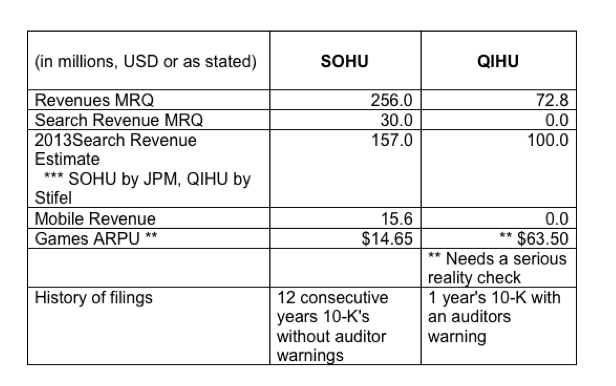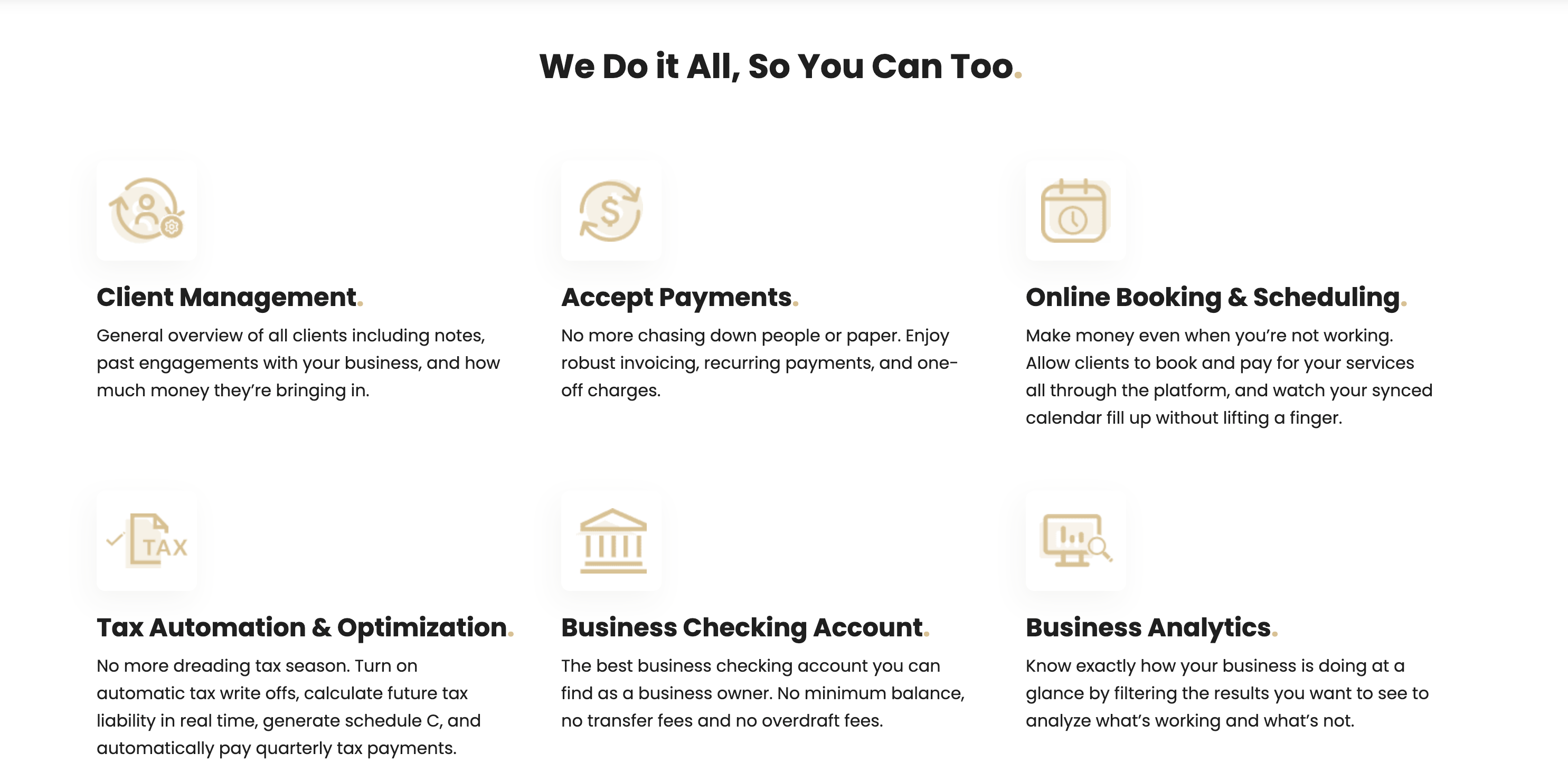Should You Accept Both Subsidized and Unsubsidized Loans? A Comprehensive Guide to Your Financial Future
Guide or Summary:Understanding Subsidized LoansExploring Unsubsidized LoansShould You Accept Both Subsidized and Unsubsidized Loans?Making an Informed Decis……
Guide or Summary:
- Understanding Subsidized Loans
- Exploring Unsubsidized Loans
- Should You Accept Both Subsidized and Unsubsidized Loans?
- Making an Informed Decision
When it comes to financing your education, understanding the options available to you is crucial. One of the most common dilemmas students face is whether to accept both subsidized and unsubsidized loans. In this guide, we will explore the intricacies of these loans, their benefits, and the potential impact on your financial future, helping you make an informed decision.
Understanding Subsidized Loans
Subsidized loans are federal student loans that are awarded based on financial need. The key benefit of a subsidized loan is that the government pays the interest while you are in school, during the grace period, and during deferment periods. This means that the amount you owe when you graduate will be less than what you would owe with an unsubsidized loan, where interest accrues from the moment the loan is disbursed.
For many students, subsidized loans are an attractive option due to their lower overall cost. If you qualify for this type of loan, it can significantly ease the financial burden of education expenses.
Exploring Unsubsidized Loans
On the other hand, unsubsidized loans are also federal student loans, but they are not based on financial need. This means that any student can apply for them, regardless of their income level. However, the major downside is that interest begins to accrue immediately upon disbursement. As a result, you may end up paying significantly more over the life of the loan if you do not make interest payments while you are in school.

While unsubsidized loans can be beneficial for students who do not qualify for subsidized loans or need additional funding beyond what subsidized loans provide, they require careful consideration.
Should You Accept Both Subsidized and Unsubsidized Loans?
Now, the question arises: should you accept both subsidized and unsubsidized loans? The answer largely depends on your financial situation and educational goals. Here are some factors to consider:
1. **Financial Need**: If you qualify for subsidized loans, it’s generally advisable to accept them first since they are more cost-effective.
2. **Total Cost of Education**: Calculate the total cost of your education, including tuition, fees, and living expenses. This will help you determine how much funding you need and whether you should accept both types of loans.

3. **Interest Rates**: Compare the interest rates of both loan types. Subsidized loans typically have lower rates, making them more favorable.
4. **Repayment Options**: Understand the repayment terms for both loans. Subsidized loans offer more flexible repayment options since the interest does not accrue while you are in school.
5. **Future Financial Plans**: Consider your future career and earning potential. If you anticipate a high income after graduation, you may be able to manage the repayment of unsubsidized loans more comfortably.
Making an Informed Decision
Ultimately, the decision to accept both subsidized and unsubsidized loans should be made after thorough research and consideration of your financial circumstances. It’s essential to weigh the pros and cons of each loan type and how they fit into your overall financial strategy.

Consulting with a financial aid advisor can provide you with personalized insights and help you navigate the complexities of student loans. Remember, the goal is to minimize your debt burden while ensuring you have the necessary funds to achieve your educational aspirations.
In conclusion, understanding the nuances of subsidized and unsubsidized loans is vital for any student navigating their financial future. By asking yourself, “Should you accept both subsidized and unsubsidized loans?” and carefully considering your options, you can make a well-informed decision that aligns with your financial goals.